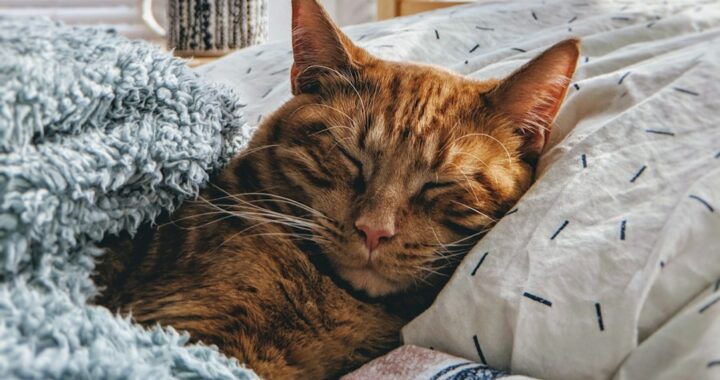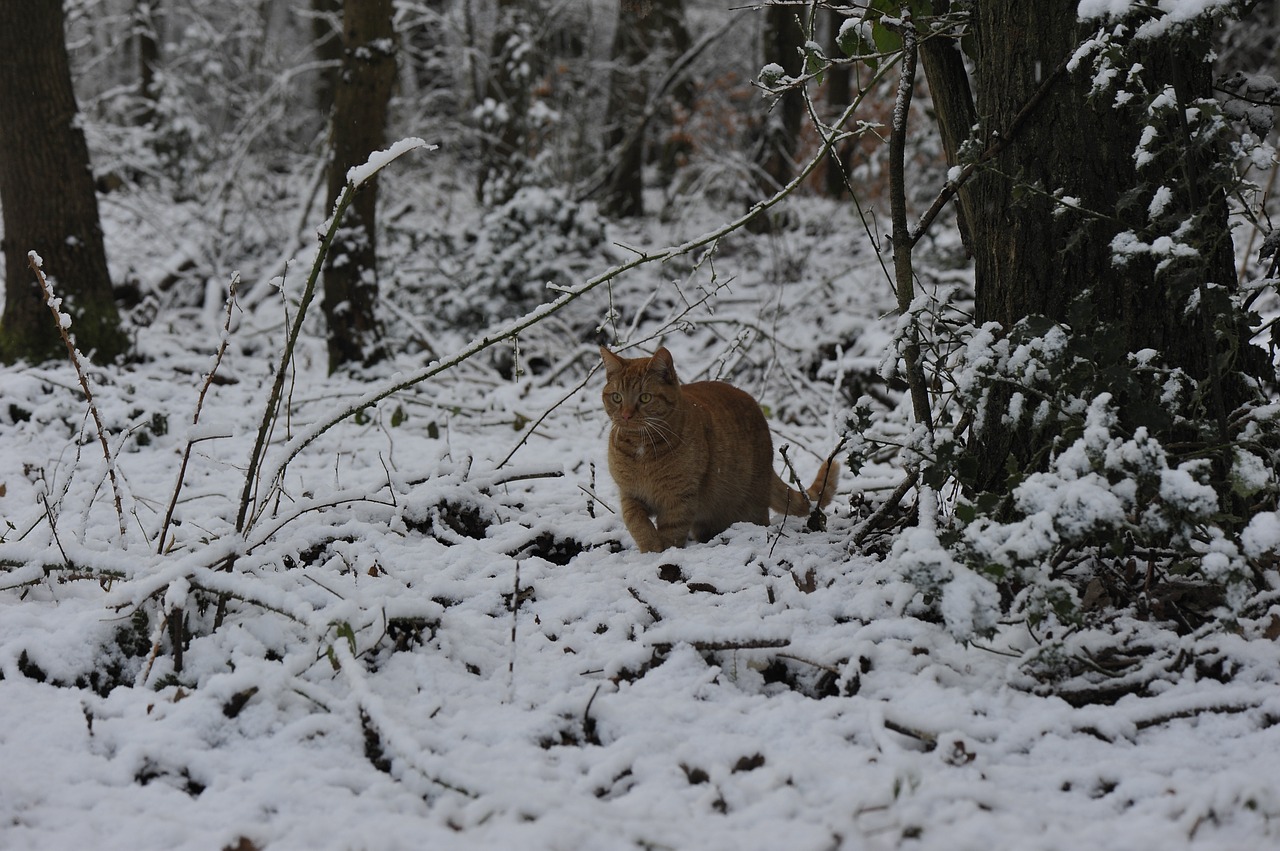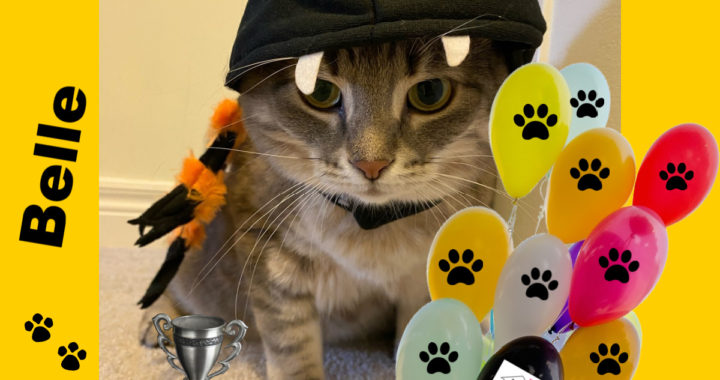Not all of our cats and kittens come to us in good health, but it is our mission to give them the love, care and support that they need to nurse them back to health and ensure they live a fulfilled life. This month we will put the spotlight on some of our special needs kitties, and specifically those with Feline Leukemia, commonly referred to as FeLV.
What is Feline Leukemia (FeLV)?
It is a virus contracted by cats that can compromise a cat’s immune system and leave them more susceptible to infection.
How does a cat become infected with FeLV?
Cats can become infected on two different ways:
1) Unborn kittens can be infected if the mother is carrying the virus. Once born, they may also be infected from drinking her milk.
2) Cat to cat infection occurs only where there is prolonged, intimate contact between cats. The virus is carried in the saliva of the infected cat, and dies very rapidly once outside the body. It is therefore only likely to be transmitted to another cat when there is very close contact. Blood is another source of infection, and therefore cats considered as blood donors should always be screened for FeLV.
What happens when a cat becomes exposed to infection?
It really does depend on the age of the cat, as resistance to infection increases as the cat ages. Many new born kittens will receive antibodies from their mother, which protect them if they are exposed to the virus. However, if they don’t, as their mother may have not been exposed to it, they could become infected. Therefore the most susceptible age groups to FeLV are kittens of six to 16 weeks old.
What are the risks of adopting a cat with FeVL?
Unfortunately many people do not understand the specific details of cats with FeLV, which is why we are providing information in order to raise awareness and explain that cats with FeLV can live happily in a loving home. It could be recommended that cats with FeLV be re-homed only to households without other cats. However, the risk of transmission between adult cats is quite small, as approx. 85% of cats develop their own immunity to FeLV. If you are considering re-homing a cat in to a house that already has other cats it would be recommended to have the existing cat/s tested to determine their immunity to FeLV. It should be remembered that the virus is actually very difficult to be passed on to other adult cats if simple precautions are followed e.g. separate feeding dishes, regular cleaning of litter, etc.
Can FeLV be eliminated from the cat population?
We will never be able to eliminate it as there are such a large number of cats that are never seen by a veterinary surgeon. Therefore the practice of killing individual healthy cats in order to stop the spread of the virus is not only pointless, but also callous. We should do our best for each individual cat, which is why we are providing this information and hoping that some of the lovely kitties at the shelter today can find their fur-ever home.
If you wish to adopt one of our wonderful FeLV cats, please go to the adoption section of our website and complete the adoption form:https://www.northtorontocatrescue.com/adopt/application-for-adoption/
If you are interested in finding out more about the featured cats, or any of our cats, please contact us at: contact@northtorontocatrescue.com
If you wish to assist the shelter in its running costs by making a donation, please refer to the information on our website: https://www.northtorontocatrescue.com/support-us/donate/
Note: this article is not medical advice. If you have any questions about FeLV you are recommended to contact your veterinary practitioner.



